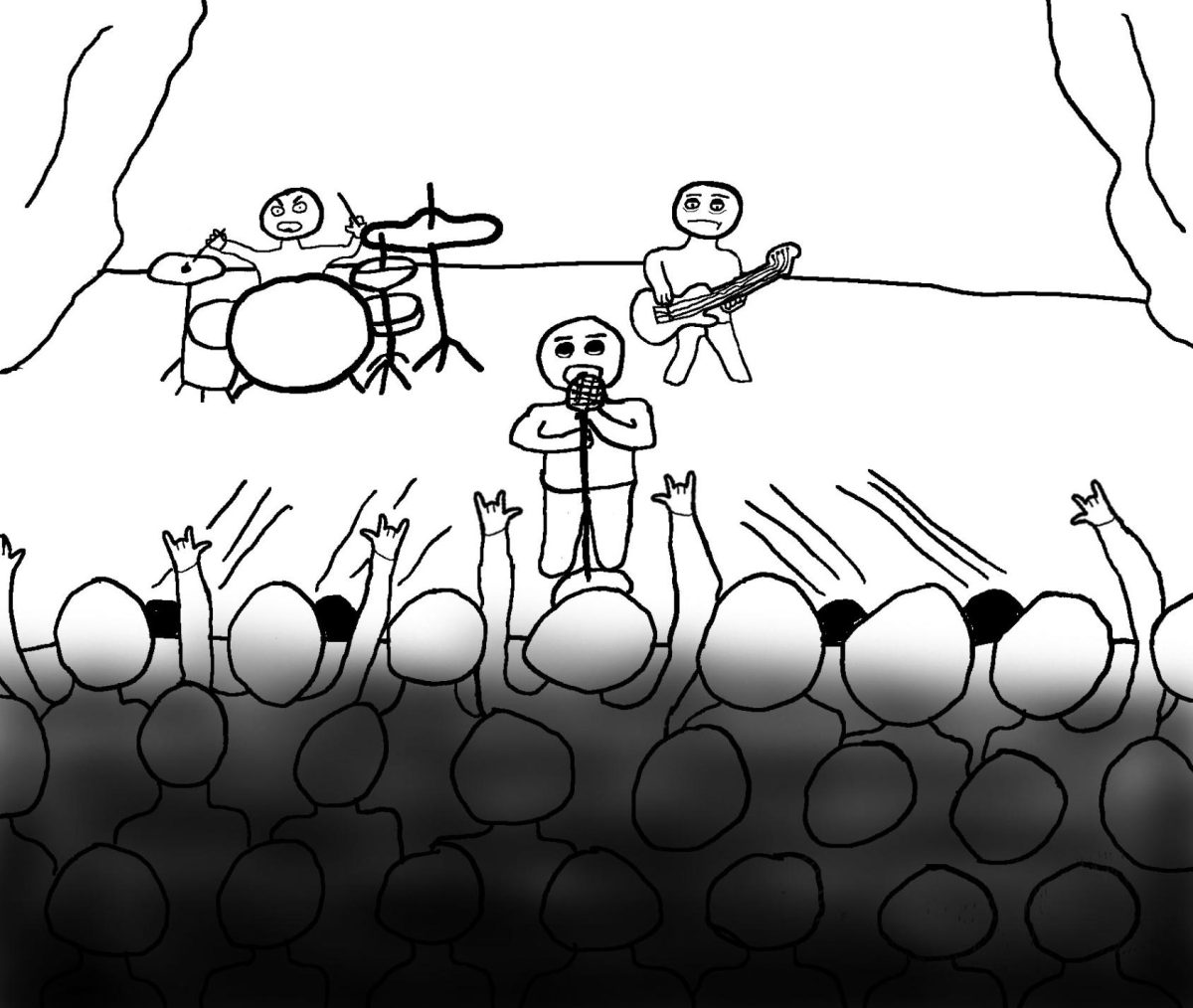The average American will spend nearly a decade of their lifetime on their devices. The recent developments of social media, mobile games, and other time-consuming apps have led to technology doing more damage than good. A 2023 study concludes that 56.9% of respondents say they are addicted to using their mobile devices.
Phone addiction, or nomophobia, is the fear of being out of cell phone contact. A person may feel panicked or anxious when disconnected from their mobile devices. About 33% of Americans have admitted to having this condition. These individuals typically exceed the national average of six hours and 40 minutes per day on their phones.
“Personally, I feel like phones have made me compare my life to those around me. It makes me feel like I’m not doing something that I should be. It can make me feel left out seeing others having fun while I’m not,” Maura Schneider 26’ said.
The cause of such high results of nomophobia is due to the excessive need for mobile devices in daily life. Smartphones, once used as a tool, now account for the high percentage of Americans growing addicted. Social media platforms like TikTok, Instagram, and Twitter are created with the intention of drawing users in. When scrolling on these apps, users’ brains experience rushes of dopamine and pleasure. According to a 2024 Harvard study, the likes, shares, and comments on social media platforms light up the same part of the brain that’s also ignited when taking an addictive substance. This high makes it increasingly challenging for users to resist, thus creating addictive behavior.
Beyond recreational use, many jobs require employees to rely on technology throughout their eight-hour work days, adding to the already high screen times. Technology in the workplace leads to distraction, isolation, dependence, and can create security risks. The constant need to be available and the pressure to respond to work emails or phone calls outside of regular hours have increased work-related pressure. Employees are working more than ever. Nineteen studies showed a significant association between increased use of smartphones for work purposes in off-job-hours. The studies concluded that workplaces across the world are encouraging more use of technology in daily life which can be extremely damaging to users.
Increased screen time can lead to physical issues like eye strain, poor posture, and sleep disturbances. Digital eye strain, also known as computer vision syndrome, causes dryness, fatigue, discomfort, blurry vision, and headaches. Continued use of devices could even lead to severe damage to eye retinas. It can also contribute to mental health problems such as anxiety, depression, and social isolation, as people may become overly reliant on digital interactions rather than face-to-face connections. Additionally, the fast pace of technological advancements has led to job displacement and a widening digital divide, leaving some groups behind.
Technology will take up a large portion of a person’s life, and it is important to know the steps to regulate the use of devices. Setting clear guidelines is important. A way to do this is by establishing screen time limits and creating device-free zones. Schedule activities that don’t require a device, such as exercising, hobbies, social interactions, etc. Prioritize free time by doing something productive. Doing this will lead to healthier habits that protect your physical and mental well-being.
Categories:
Tech world is taking over
LION explores impact of devices on mental, physical health
Maddy Albores, Reporter
February 13, 2025
0
More to Discover
About the Contributor

Maddy Albores, reporter
Monkey covering eyes emoji





















![Movie poster for '[Rec]" (2007).](https://www.lionnewspaper.com/wp-content/uploads/2023/04/rec-640x900.jpg)


